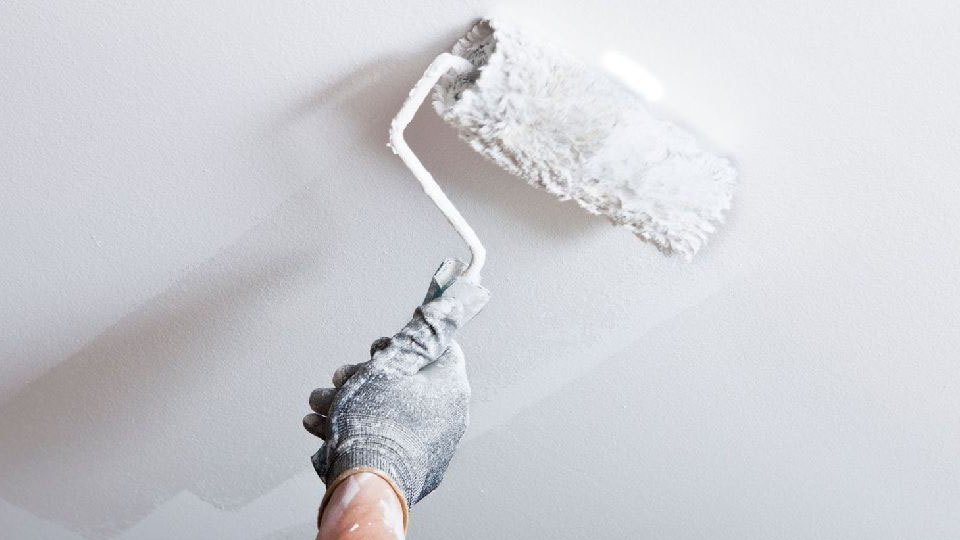Do you want to know what type of paint hides imperfections? A paint that hides defects, also called “plaster paint”, “paint for damaged walls”, or “renovation paint”, is an acrylic paint. It includes a coating and/or undercoat in its composition.
This particularity gives it a much greater covering power than an ordinary paint. It can be applied with a roller or a spatula as a first coat.
What Type Of Paint Hides Imperfections – Renovation Paint Is Perfectly Adapted To Cover:
- Micro cracks
- Light impacts
- Superficial scratches
Coated paint has many advantages: It saves time thanks to a quick and inexpensive renovation. On the other hand, on a very uneven wall, this paint is not enough to hide large imperfections.
Please note that paint for damaged walls should not be applied directly on flaking paint. Before doing so, remove all traces of the old paint by sanding.
What Type Of Paint Hides Imperfections – What Alternatives to Coated Paint
There are alternatives to paint for damaged walls in the context of a renovation. The choice depends on the condition of the substrate, and the desired final appearance in terms of interior decoration.
Plaster
Plaster has the advantage of covering a wall at low cost with two possible finishes: droplet or relief.
Available in white or stone tone, it can however be tinted or covered with paint. It has the advantage that it can be applied to a very irregular wall.
Decorative Rendering
Concrete effect, tadelakt, sandblasted plaster- the decorative plaster is less thick than the plaster, finer and offers a multitude of different finishes. On the other hand, its cost is higher.
The Wallpaper
Wallpaper is an excellent alternative to paint that hides defects. Thin or thick depending on the condition of your support, its cost remains very affordable.
The choice of decor is very vast, from plain to faux plain, from material effect to trompe-l’oeil, including glitter. You will let your decorator’s soul express itself!
Glass Fabric and Smoothing Coating
Glass cloth is an excellent option when the wall has cracks. Indeed, it has the power to maintain and consolidate your wall! The patterns are still quite basic, although there are more varied patterns nowadays.
On the other hand, after installation, a paint must be applied to this support. The smoothing coating has the same advantages as the glass cloth with, as a bonus, a perfectly smooth finish!


